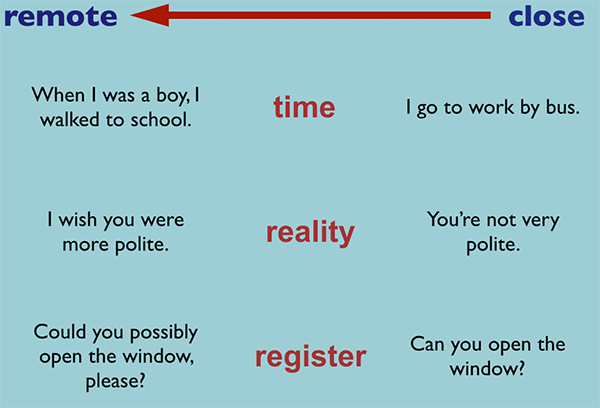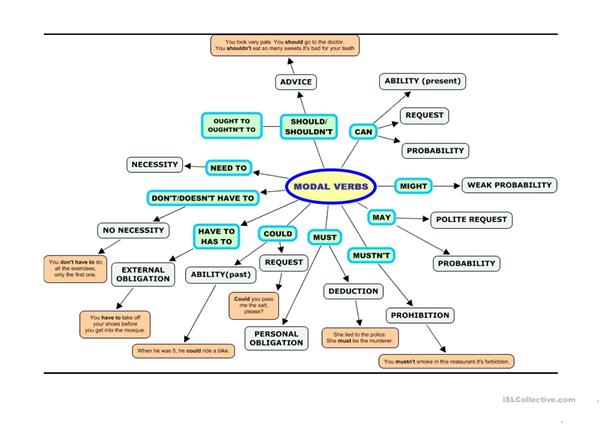Activity 5: Finite vs. non-finite verbs
Read the following passage to understand how to differentiate finite from non-finite verbs.
Verbs may carry tense or they may not carry tense. Verbs that carry a tense are finite. Verbs that cannot carry a tense are non-finite. There are some simple checks that you can use to confirm whether verb is finite or not. The verb should conjugate to form present, past and future forms. In present forms, the verb should show agreement with the subject. In English singular and plural subjects necessite changes in the form of the verb, which is most commonly realized by adding the suffix -s when the grammatical subject is third-person singular, e.g. he, she or it.
Conversely, non-finite verbs do not change form when the tense shifts and in present tenses do not agree with the grammatical subject.
Let's practise identifying the finiteness of verbs. Identify which verbs in the following sentences are finite.
- The man ate spaghetti.
- The boy wanted to eat spaghetti.
- The girl liked eating spaghetti.
- The grandfather was eating spaghetti and drinking coffee.
In the first sentence, the verb is "ate". We can check the tense by changing the sentence to present and future forms, (The man eats spaghetti, The man will eat spaghetti). The tense can change. In the present form, we can also notice that "eat" changes to "eats". Thus, this verb is finite.
In the second sentence, the verbs are "wanted" and "eat". We can check the tense by changing the sentence to present and future forms, (The man wants to eat spaghetti, The man will want to eat). The tense of "wanted" can change, but "eat" does not. The sentence (The boy wanted to ate spaghetti) is not possible and so "eat" is non-finite. In the present form, we can also notice that "wanted" changes to "wants". Thus, "wanted" is finite, but "eat" is non-finite.
In the third sentence, the verb "liked" can change form and in present simple tense becomes "likes" and so "liked" is finite. However, "eating" does not change and is, therefore, non-finite.
In the fourth sentence, there are two verbs "was eating" and "drinking". The auxiliary verb in the second verb group is elided (omitted), but the long form of the sentence is: (The grandfather was eating spaghetti and [was] drinking coffee.) When the tense is changed to present both forms change from "was" to "is", and so both are finite.
 Awareness and defense
Awareness and defense
 Blitz speaking
Blitz speaking
 Interview practice
Interview practice
 Professional development
Professional development



